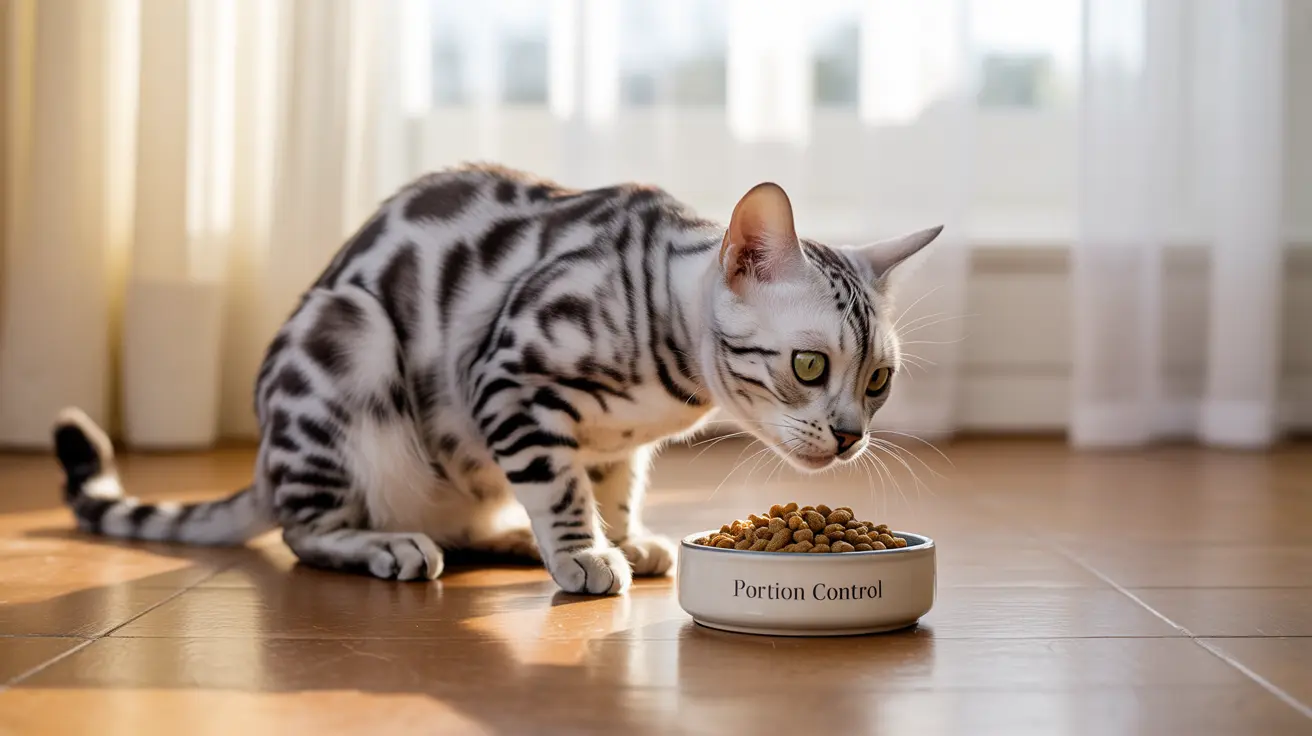The Surprising Size of a Cat's Stomach
A healthy adult cat's stomach can typically hold only 2-4 tablespoons (30-60 ml) of food at a time. This limited capacity explains why cats naturally prefer to eat multiple small meals throughout the day rather than large portions at once.
While the maximum physiological capacity of an adult cat's stomach can reach 300-350 ml, feeding this much at once would be extremely uncomfortable for your pet and likely lead to immediate regurgitation.
Understanding Your Cat's Digestive System
The small stomach size is just one part of a cat's efficient digestive system. Cats are obligate carnivores, meaning their digestive tract is specially designed to process meat-based proteins. Their stomach produces strong acids and enzymes that quickly break down raw meat and bones.
Unlike humans, cats don't need to chew their food extensively. Instead, they rely on their stomach's powerful digestive capabilities to process their meals.
Optimal Feeding Schedule Based on Stomach Size
Due to their small stomach capacity, cats benefit from multiple small meals throughout the day. Most veterinarians recommend:
- 2-3 measured meals daily for adult cats
- 3-4 smaller meals for kittens
- Consistent feeding times to prevent excess stomach acid buildup
Free-feeding (leaving food out all day) isn't recommended as it can lead to obesity and doesn't align with cats' natural eating patterns.
Signs Your Cat's Stomach is Too Full
When cats eat more than their stomach can comfortably hold, they may show these symptoms:
- Immediate regurgitation after eating
- Lethargy or discomfort
- Visible bloating
- Frequent vomiting
Special Considerations for Kittens
Kittens have even smaller stomachs than adult cats, approximately 4 ml per 100g of body weight. This tiny capacity means they need more frequent meals but in very small portions to prevent digestive issues and ensure proper growth.
Frequently Asked Questions
How big is a cat's stomach and how much food can it hold at one time?
A cat's stomach is roughly the size of a ping-pong ball and can hold 2-4 tablespoons (30-60 ml) of food comfortably at one time.
Why do cats often regurgitate food after eating large meals?
Cats regurgitate large meals because their small stomach capacity cannot accommodate excess food. When overfilled, the stomach automatically expels the extra food to prevent discomfort and potential health issues.
How many meals per day should I feed my cat based on its small stomach size?
Adult cats should be fed 2-3 small meals per day, while kittens may need 3-4 meals. This feeding schedule matches their natural eating patterns and prevents stomach distension.
What is the link between a cat's stomach size and its risk of digestive problems like vomiting and diarrhea?
The small stomach size means cats can easily overeat, leading to vomiting and digestive issues. Feeding appropriate portions helps prevent these problems by not overwhelming their digestive system.
How does the size of a kitten's stomach affect how much and how often I should feed it?
Kittens need smaller, more frequent meals due to their tiny stomach capacity (4 ml per 100g body weight). This requires careful portion control and regular feeding schedules to support healthy growth without causing digestive issues.
Understanding your cat's stomach size helps you provide better care through appropriate feeding practices. By respecting their natural digestive capacity, you can help prevent common issues and ensure your feline friend maintains optimal health.






